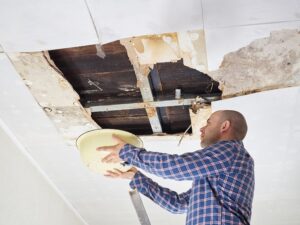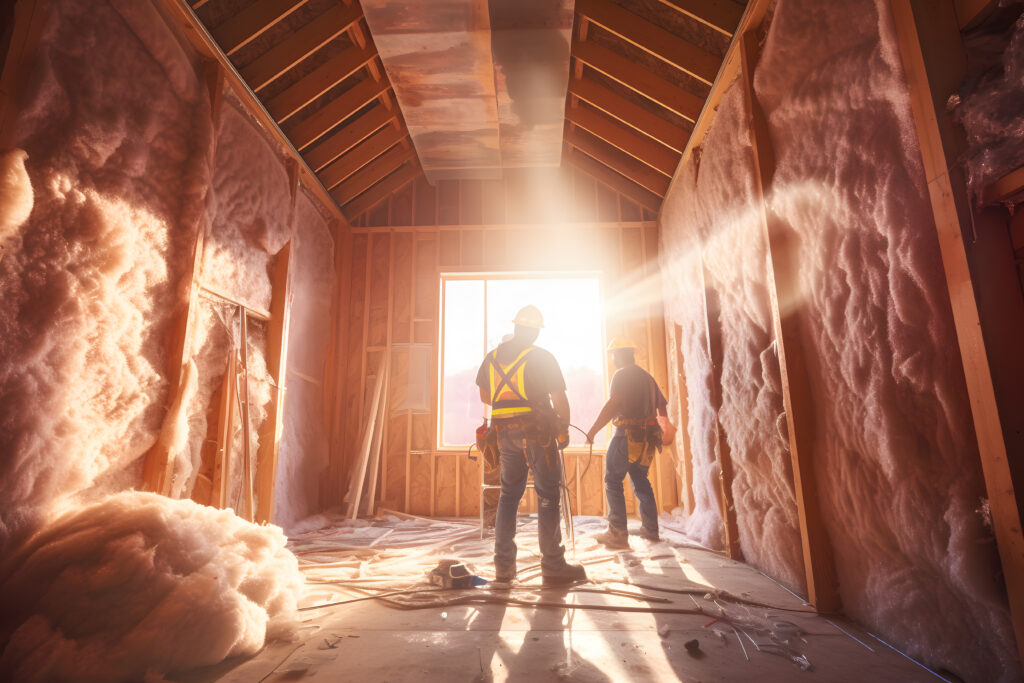Sheepadoodle Puppies For Sale Ohio make great family dogs and can be great companions for seniors. They are even-tempered and make wonderful Emotional Support Dogs as well.
Sheepadoodles are fairly low-maintenance, but need daily exercise and play. They may need to be brushed 1-2 times per week to prevent tangling and matting. They also need regular grooming appointments to keep them smelling and looking good.

Sheepadoodles love to be around their humans and enjoy spending time cuddling with them on the couch or playing games together. This makes them highly desirable dogs for families and they often become protective of their owners, especially if there are small children in the household. This natural protective nature has also made them popular choices as therapy and service dogs.
These intelligent dogs are quick learners and can pick up new behaviors quickly through positive reinforcement training. They do best with consistency and routine. As with all dogs, they should be exposed to different people of all ages and other pets in a positive way to help them become well-rounded, confident, and self-assured dogs. Early socialization can also help prevent Sheepadoodles from becoming anxious or fearful.
Because of the Old English Sheepdog in their background, Sheepadoodles can have a herding tendency and may nip at young children. This is most likely a result of their natural wild play with children and should not be considered aggression or mean behavior. If nipping becomes a problem, parents should teach their children how to engage with the puppy in a safe and positive manner so that the herding behavior does not continue.
As with any dog, Sheepadoodles must be taught to be calm and quiet when crated or left alone. This is important for their health and well-being. This can be accomplished through routine exercise and mental stimulation activities, such as puzzle toys or chewing bones. Investing in these items can help keep your Sheepadoodle occupied when they are in their crate for extended periods of time.
While Sheepadoodles can get along with other animals, they can be selective about their friends. They might choose to play with some pets and not others, so it’s important to introduce them to all sorts of animals at a young age to see how they interact. With proper socialization, training, and supervision, Sheepadoodles can be good-natured pets for anyone.
Like all dogs, Sheepadoodles can sometimes show possessive behavior toward members of the family or things that are their own. It’s a good idea to work with a professional trainer or behaviorist to correct this, as it can lead to destructive behavior. If your Sheepadoodle starts showing these tendencies, make sure to correct them before they get out of hand.
Emotional
Sheepadoodles tend to get attached to their families quickly, and they’re often incredibly protective of them. This affection and loyalty make them popular choices as therapy dogs and service animals. They also love spending time with their humans and enjoy playing games, going on walks, and even snuggling up on the couch after a long day of play and walkies.
Because of their sociable nature, Sheepadoodles usually get along well with people and other pets. However, they might show territorial behavior if they feel threatened or if they have something that they consider to be their own. This tendency toward territorialism can be addressed through training and positive reinforcement. It is important to socialize a Sheepadoodle from a very young age, so they can become used to people and other animals.
As with any dog, sheepadoodles can develop separation anxiety. They may start to bark or act strangely when they are left alone, which can be stressful for them and their owners. If your Sheepadoodle starts to exhibit signs of separation anxiety, it’s important to seek out professional help from a certified dog trainer or animal behaviorist.
Sheepadoodles are very intelligent dogs, and they typically learn very quickly. They’re eager to please and enjoy being taught new things. This makes them perfect candidates for clicker training and positive reinforcement, which are effective teaching techniques. With the right training methods, you can train your Sheepadoodle to obey basic commands and behave well around other dogs, people, and other household pets.
Sheepadoodles are a great choice for families with children, but they must be monitored closely while playing to ensure that they don’t knock over small children or play too rough. Taking the time to teach your Sheepadoodle to be gentle around children will help them get along with everyone in your family.
Because Sheepadoodles are so devoted to their families, they can suffer from separation anxiety. They might start to wag their tails and whine excessively when they are left alone, which can lead to destructive behaviors at home or at the boarding kennel or groomer’s. If your Sheepadoodle displays signs of separation anxiety, it’s important that you take steps to reduce their stress levels, such as by introducing them to their crate at an early age and by ensuring that someone in the house stays home during the day to interact with them.
Health
Sheepadoodles are generally healthy dogs, but as with any breed they can be susceptible to certain conditions. Some of these include hip dysplasia, progressive retinal atrophy, and hypothyroidism. Regular veterinary checkups, an appropriate diet, and exercise can help minimize the risk of these health problems.
Sheepadoodles have high energy levels, and they need to get enough physical and mental stimulation to avoid boredom or destructive behaviors. This means long walks, runs, and play sessions in a securely fenced yard are important. They also need plenty of mental stimulation, such as puzzle toys and interactive games.
If you’re considering getting a Sheepadoodle, it’s best to work with a reputable breeder who is familiar with the breed and has screened both parents for hereditary diseases. Ideally, the parent animals should have had their eyes checked and certain genetic markers screened through blood tests. These specialized tests can prevent the presence of severe genetic issues in Sheepadoodle puppies.
Like all dogs, Sheepadoodles need a high-quality food that is formulated for their size and life stage. Brown-Bury recommends choosing a food that is designed for large-breed puppies, which will ensure proper bone development. Additionally, she suggests thoroughly washing your dog’s food and water bowls each week to reduce the buildup of unwanted microorganisms.
Another important thing to keep in mind is that Sheepadoodles are deep-chested dogs and can be prone to bloat. This condition, which is characterized by gastric dilatation and volvulus (GDV), is fatal for dogs if not treated immediately. To help minimize the risk of bloat, you can ask your veterinarian to perform a procedure called gastropexy during your puppy’s spay or neuter surgery.
Sheepadoodles need to be weighed on a regular basis to make sure they’re at their ideal weight. A good way to do this is by using a pet scale at your vet’s office, which is typically free of charge. You should also wash your dog’s bedding and coats regularly to reduce the accumulation of dirt and germs. Finally, it’s important to schedule yearly veterinary checkups for your Sheepadoodle. These regular visits can help detect health issues early on and improve the odds of a positive outcome for any potential problems.
Training
Sheepadoodles are highly intelligent and eager to please, which makes them quick learners. Obedience training is recommended to help these dogs develop into well-rounded dogs, and they love to learn tricks and play games as well. However, their intelligence also means that they need to engage in regular mental stimulation to avoid boredom and destructive behaviors. They enjoy long walks, fetch, and other activities that provide them with physical and mental exercise.
Because of their sensitivity to people, Sheepadoodles are excellent therapy dogs and can provide comfort to individuals with emotional or physical difficulties. They are often used as emotional support dogs in nursing homes and schools, and their gentle demeanor is a great fit for families. They also make a fantastic companion for single-person households, as they thrive in active environments and will enjoy spending time with family members or friends.
While Sheepadoodles are typically non-shedding, they still require routine grooming to keep their coat trimmed, neat, and free from tangles. This can be done at home or with the help of a professional groomer, and it should be done weekly to prevent matting.
Like many breeds, Sheepadoodles are prone to hip dysplasia and other health conditions, such as eye problems and allergies. Keeping up with routine vet check-ups and giving them a high-quality diet will help to minimize these risks.
Sheepadoodles are a good fit for families with children, as they are gentle and loving towards them. Early socialization and obedience training will allow them to become well-adjusted dogs that can play and interact with children of all ages. However, they may show herding tendencies around smaller children and attempt to “herd” them by gently nipping at their ankles. This is a natural behavior, and it can be corrected with early training.
Because of their strong bond with their people, Sheepadoodles can be prone to separation anxiety when left alone for extended periods of time. It’s important to teach these dogs basic obedience commands and establish a consistent schedule for potty breaks. Take your puppy out frequently, especially during any transitions (such as after they wake up from a nap or finish eating). Praise them when they go outside to eliminate, and never punish them for accidents inside the house.



